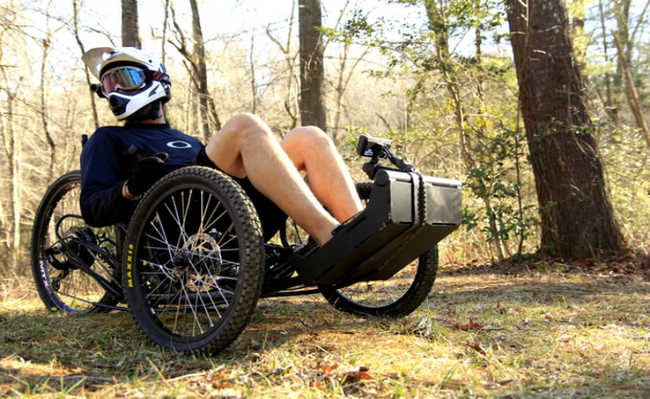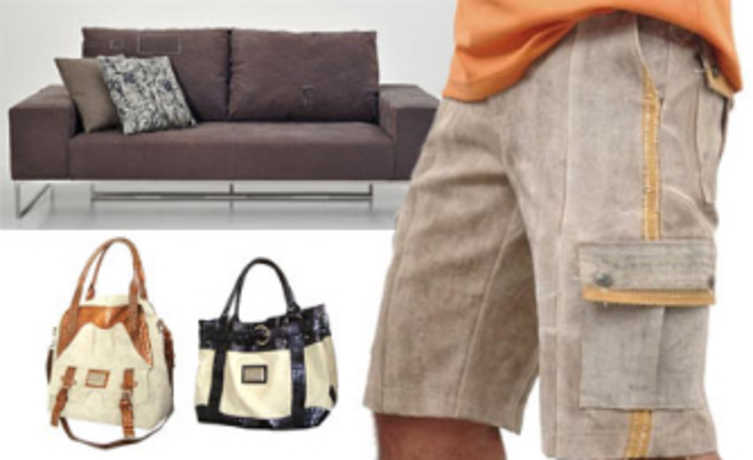Vertical cities: the sustainable plan for Liberland's self-proclaimed micronation
Urban planning in a country that doesn't even exist yet can be a good indicator of what our future will be like

RAW NYC image
After the self-proclamation of the Free Republic of Liberland in 2015, an architectural firm in New York (USA) proposed innovative and sustainable planning for the 7 km² area between Croatia and Serbia. It was dubbed "stackable neighborhoods", meaning vertical cities or stackable neighborhoods.
The concept was first designed for Japan, a country with a large population in an area of just 380,000 km². The idea was to create buildings over a kilometer high to house the entire population. The buildings would have residential as well as commercial floors, so citizens could spend months without having to leave the buildings.
For Liberland, the director of RAW-NYC Architects, Raya Ani, thought of a more ecological and sustainable version. Instead of designing a skyscraper for everyone to live in, he thought of smaller buildings so that sunlight would be able to reach every street.
The underside of each platform would be covered in a genetically engineered version of algae - they don't need sunlight to grow, and they absorb energy that can then be converted and used to power buildings. The city would also have paths made for cycling and walking - no cars.
Around 400,000 people signed the document online saying they would like to be citizens of Liberland. The creator of this micronation (and self-declared president), Vít Jedlička, said that the intention was always to make this territory a green area. To make this idea possible, the design team also includes professionals from other areas, such as economists.
Raya Ani still claims to know that her project is very ambitious, but thinks her ideas can be used on a smaller scale, such as in a building that uses the energy of algae. "Anyway, I always believe in looking to the future as it takes a long time for this kind of thing to become commonplace. We've lost so much because of this gap between what can be done and what actually gets done." , she says.
Source: Grist










